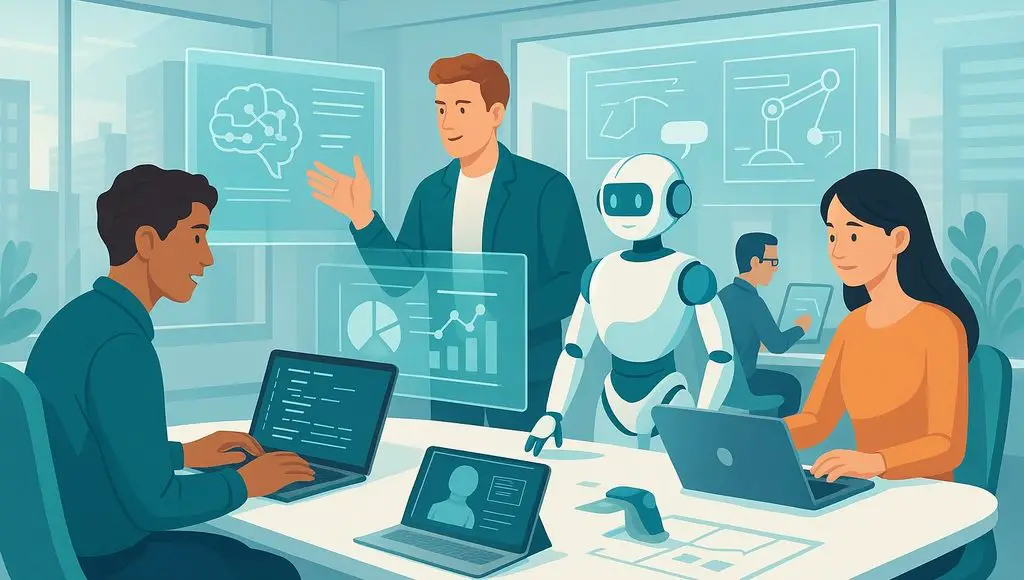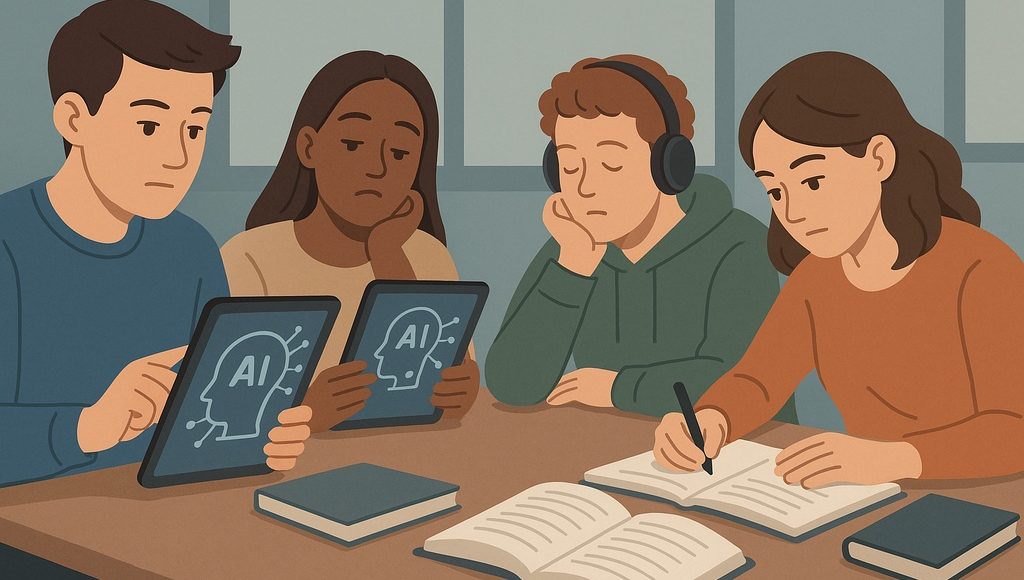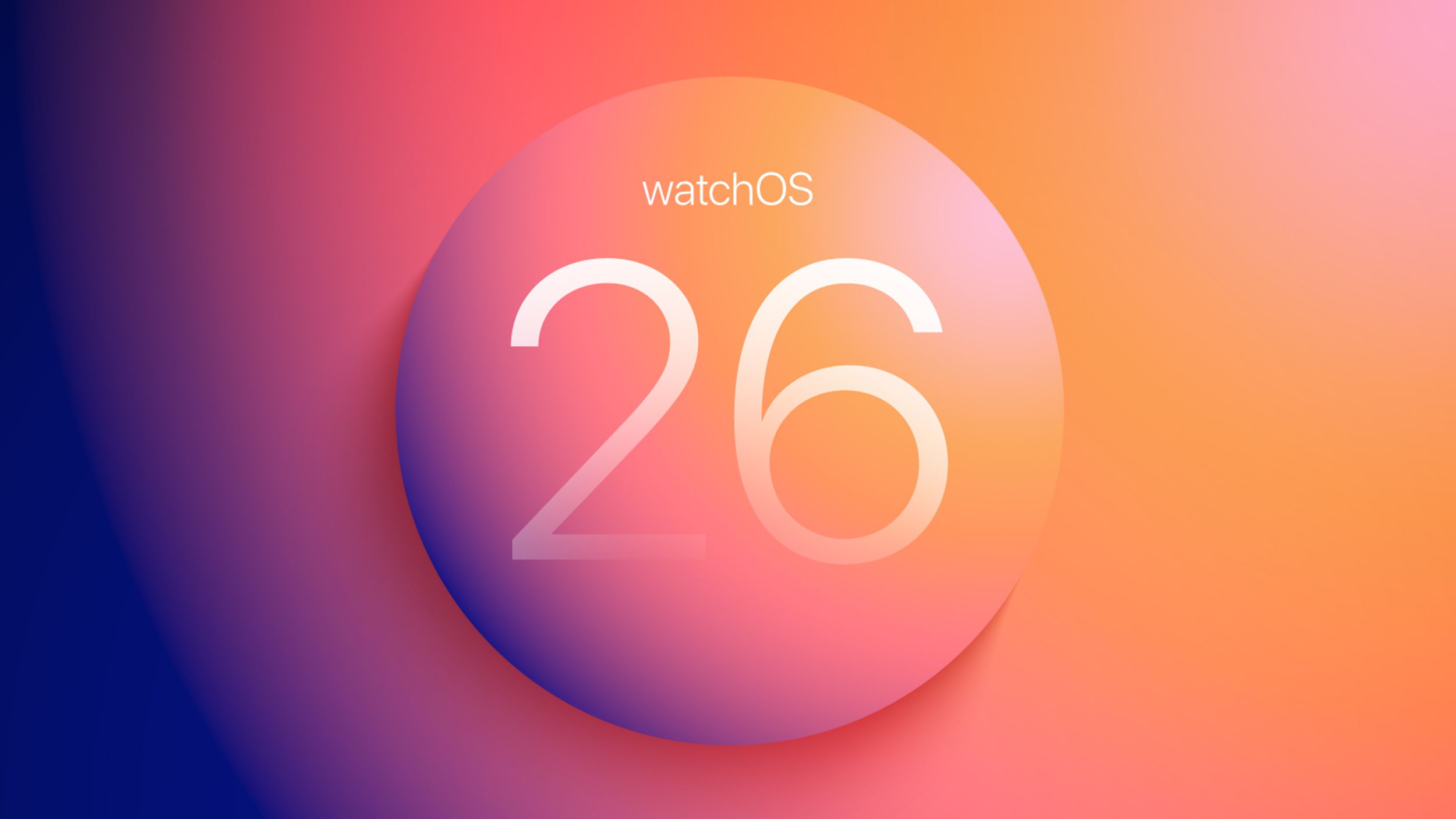AI Hallucinations: Can We Trust AI-Generated Data?
Generative AI is transforming industries from law to the arts, but it comes with a critical flaw: hallucinations—outputs that sound plausible but are factually incorrect or entirely fabricated. What Are AI Hallucinations? AI hallucinations occur when models generate content not grounded in reality. These errors can range from subtle math mistakes to completely made-up citations or facts. Even advanced models like GPT-4 can produce such inaccuracies, especially when dealing with complex or underrepresented topics. Why Do They Happen? Key causes include: Training Data Gaps: AI learns from vast datasets that may contain errors or lack coverage. Overconfidence: Models are designed to respond, even when unsure, often producing confident but incorrect answers. Task Complexity: In fields like law or medicine, even small errors can have serious consequences. Why It Matters Hallucinations undermine trust in AI. In high-stakes areas—healthcare, finance, legal—misleading outputs can lead to harmful decisions. Without verification, AI can spread misinformation and reinforce biases. How to Reduce Hallucinations Better Training Data: More diverse and accurate datasets reduce the chance of errors. Human Oversight: Experts reviewing AI outputs can catch mistakes before they cause harm. Transparency: Clear documentation helps users understand model limitations and make informed decisions. Final Thoughts AI hallucinations are a real challenge, but not an insurmountable one. With better training, oversight, and transparency, we can build more reliable systems. Trust in AI should be earned—not assumed.

Generative AI is transforming industries from law to the arts, but it comes with a critical flaw: hallucinations—outputs that sound plausible but are factually incorrect or entirely fabricated.
What Are AI Hallucinations?
AI hallucinations occur when models generate content not grounded in reality. These errors can range from subtle math mistakes to completely made-up citations or facts. Even advanced models like GPT-4 can produce such inaccuracies, especially when dealing with complex or underrepresented topics.
Why Do They Happen?
Key causes include:
- Training Data Gaps: AI learns from vast datasets that may contain errors or lack coverage.
- Overconfidence: Models are designed to respond, even when unsure, often producing confident but incorrect answers.
- Task Complexity: In fields like law or medicine, even small errors can have serious consequences.
Why It Matters
Hallucinations undermine trust in AI. In high-stakes areas—healthcare, finance, legal—misleading outputs can lead to harmful decisions. Without verification, AI can spread misinformation and reinforce biases.
How to Reduce Hallucinations
- Better Training Data: More diverse and accurate datasets reduce the chance of errors.
- Human Oversight: Experts reviewing AI outputs can catch mistakes before they cause harm.
- Transparency: Clear documentation helps users understand model limitations and make informed decisions.
Final Thoughts
AI hallucinations are a real challenge, but not an insurmountable one. With better training, oversight, and transparency, we can build more reliable systems. Trust in AI should be earned—not assumed.














































































































































































![[The AI Show Episode 151]: Anthropic CEO: AI Will Destroy 50% of Entry-Level Jobs, Veo 3’s Scary Lifelike Videos, Meta Aims to Fully Automate Ads & Perplexity’s Burning Cash](https://www.marketingaiinstitute.com/hubfs/ep%20151%20cover.png)

























































































































![[DEALS] FileJump 2TB Cloud Storage: Lifetime Subscription (85% off) & Other Deals Up To 98% Off – Offers End Soon!](https://www.javacodegeeks.com/wp-content/uploads/2012/12/jcg-logo.jpg)






























































































































































































































































![Apple Shares Official Trailer for 'The Wild Ones' [Video]](https://www.iclarified.com/images/news/97515/97515/97515-640.jpg)









































































